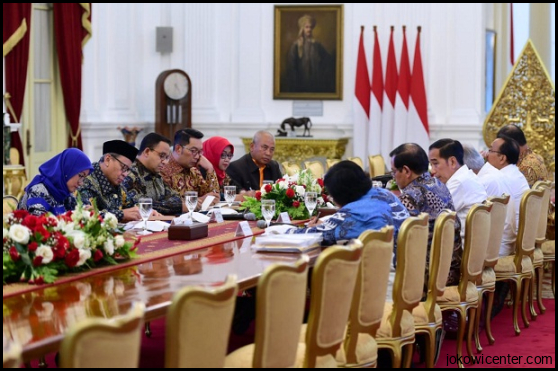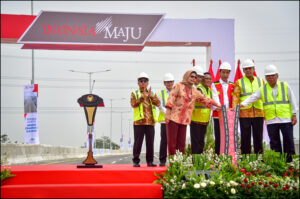Indonesia, a country prone to flooding, has been grappling with the issue of Jakarta’s frequent and severe floods for decades. The capital city’s vulnerability to inundation has remained a top priority for the government, with President Joko Widodo, commonly known as Jokowi, pledging to address this longstanding problem.
Persistent Flooding Challenges
Jakarta’s battle against the floods is not a new phenomenon. For years, the city has been plagued by heavy rainfall and poor drainage systems. However, recent studies indicate that significant progress has been made in tackling this complex issue.
The Dutch Legacy: Sharing Expertise
The Dutch have long been recognized as experts in water management due to their centuries-long experience in dealing with similar challenges. Indonesia, being a former Dutch colony, has looked to its former rulers for guidance and support.
Historically, colonial-era infrastructure such as canals played a significant role in managing water flow in Jakarta. However, urbanization and population growth have put immense pressure on these aging systems.
A 15-Year Mission
Jokowi’s ambitious goal is to bring Jakarta’s flood management system on par with that of the Netherlands within 15 years. This target aims not only to ensure the safety of citizens but also to enhance the city’s resilience against climate change-induced floods.
Bridging the Gap: Key Initiatives
Expanding Reservoir Capacity
To mitigate flooding during heavy rainfall, one of Jokowi’s primary focuses has been increasing reservoir capacity across Jakarta. By constructing additional reservoirs and expanding existing ones like Ragunan Lake and Sunter Lake, more water can be stored before being released into rivers or drainage channels.
These reservoirs act as natural buffers, absorbing excess water during periods of heavy rainfall. The additional storage capacity helps prevent overwhelming the city’s drainage systems, consequently reducing the risk of flooding.
Improving River and Canal Networks
Efficient river and canal networks are crucial for managing water flow in any urban area. Recognizing this, Jokowi has emphasized the importance of rehabilitating and improving Jakarta’s network of rivers and canals.
The dredging and widening of rivers, coupled with comprehensive maintenance programs, have been implemented to restore their original capacity. Additionally, efforts have been made to restore the function of neglected canals that were previously used for irrigation but are now clogged with waste.
Challenges in Implementation
Funding Constraints
Ambitious projects often face financial challenges, and Jakarta’s flood management initiatives are no exception. The scale and complexity of these projects require significant investment from both the government and private sector.
Jokowi’s administration has actively sought collaborations with international partners like the Netherlands to secure funding and technical expertise. However, finding sustainable funding sources remains an ongoing challenge.
Persistence of Illegal Settlements
Illegal settlements pose a considerable obstacle to effective flood management in Jakarta. These settlements often encroach upon critical waterways such as rivers and canals, hindering proper water flow.
The government has taken measures to relocate residents living in high-risk areas prone to flooding. However, convincing people to leave their homes is a complex task that requires careful planning, community engagement, and adequate housing alternatives.
Building a Resilient Future
A Multi-Dimensional Approach
Jakarta’s flood management strategy encompasses a multi-dimensional approach that focuses not only on infrastructure development but also on community engagement, spatial planning, and environmental conservation.
Creating green spaces in the form of parks and improving public spaces helps absorb excess water. Additionally, educating citizens about waste management and reducing plastic usage contributes to the overall goal of flood prevention.
Climate Change Adaptation
The threat of climate change and rising sea levels has further reinforced the need for Jakarta to enhance its resilience against flooding. As global temperatures continue to rise, extreme weather events are becoming more frequent and intense.
Jakarta’s flood management plan takes into account climate change projections and aims to develop adaptive measures accordingly. These include constructing sea walls, elevating roads, and incorporating innovative technologies for sustainable urban planning.
Conclusion
Jokowi’s commitment to managing Jakarta’s floods is commendable. While significant progress has been made in recent years, overcoming long-standing challenges requires sustained effort, collaboration with international partners, and innovative solutions.
The goal of achieving a flood management system comparable to that of the Netherlands within 15 years is ambitious but necessary for Jakarta’s future. By implementing comprehensive initiatives that focus on reservoir capacity expansion, network improvement, funding mobilization, illegal settlement relocation, community engagement, spatial planning, and climate change adaptation; Jakarta can pave the way for a safer and more resilient city.






